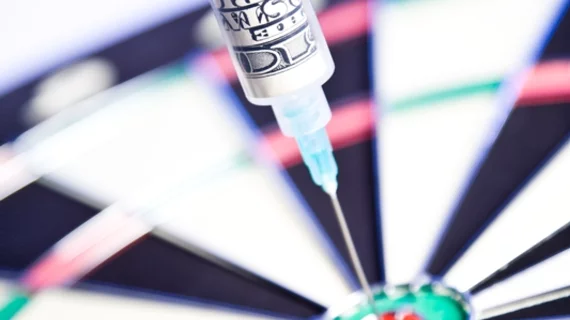Savings impact of alternative payment models proves difficult to project
The Centers for Medicare & Medicaid Innovation savings projections keep moving, underscoring just how difficult it is to estimate the impact of untested alternative payment models, according to a recent analysis from Avalere Health.
CMMI, also known as the Innovation Center, is where all CMS’s new and future alternative payment models are tested and developed. It also plays a big role in the Quality Payment Program, which ties incentive payments to healthcare providers for reaching quality and financial benchmarks.
The Congressional Budget Office has projected several estimates for CMMI savings to Medicare spending, increasing the projections as the years go on. For example, in 2010 CBO estimated $1.3 billion in net federal government savings from CMMI from 2010 to 2019, which was updated to $27 billion over the 2016-2025 budget window. In 2016, the estimate again rose to $34 billion over the 2017 to 2026 budget window.
CBO continued to project higher savings even though ongoing CMMI demonstrations had yet to generate “noticeable savings,” according to Avalere, but it believed the Innovation Center would continue to identify these programs over the next decade and terminate non-savings-generating demonstrations.
However, Avalere Health projected a much lower net Medicare savings of $18 billion from CMMI for 2017-2026, compared to CBO’s estimate of $34 billion in 2016.
Avalere analyzed the future impact of CMMI activity comparably to CBO’s estimates, but also relied on demonstration-specific savings estimates for existing demonstrations and CMS regulatory impact analyses for proposed demonstrations. It projected program spending from 2017 to 2026 would reach $11 billion.
Existing demonstrations will generate $4.4 billion in gross Medicare savings between 2017 and 2026 through continuation and expansion, according to Avalere, while implementing proposed demonstrations will ass $21.4 billion in savings over that time period. These proposed demonstrations include the Radiation Oncology model, End-Stage Renal Disease Treatment Choices, and the International Pricing Index for Part B drugs. Finally, Avalere included $3.3 billion in savings for not yet proposed demonstrations.
See the full analysis here.

